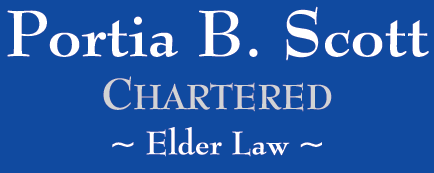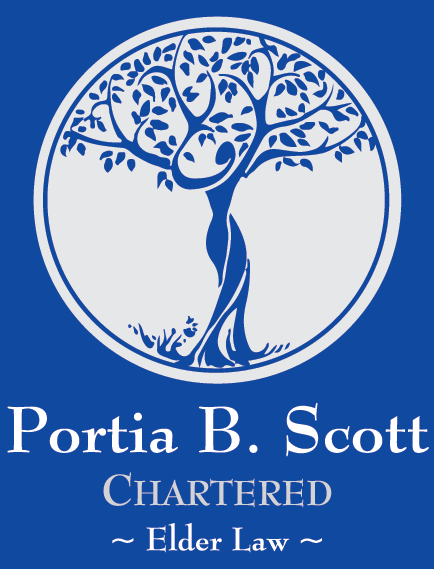Look Backs and Bright Lines - What you need to know.
You may already know that when applying for Long Term Care through Florida’s Medicaid Program, there is a “look back” period of 60 months, That is, Medicaid may temporarily disallow benefits otherwise payable for Long Term Care (such as for skilled nursing facilities) if there were disqualifying transfers of assets in the 5 years immediately preceding the claim. Certain transfers are allowed, which is part and parcel of some Medicaid Plans, but out-right gifts are usually disqualifying events.
Until recently, there was no comparable look back period for Veterans’ benefits such as War time Pension, with or without Homebound enhancement or Aid and Attendance enhancement.
That changed October 18, 2018. The VA now has a look back period and it seems the VA is going to keep it. The VA benefits, when received, remain “needs based,” payable monthly and are tax-free. However, the VA will consider all transfers made during the 36 months immediately before the application is submitted.
Also, there is a “bright line” asset limit. Until November, 30, 2021 that asset cap is $130,773.00 and it will be subject to COLAs which are tied to Social Security COLAs. Those assets do not include homestead, furnishings or a car but do include the applicant’s annual income. This bright line replaces the old case-by-case analysis where the VA would be asked to determine if it seemed “fair” for the applicant to receive a pension, though the general rule of thumb was an asset cap of around $50,000.00 to $75,000.00.
Only if the applicant has assets above the $130,773.00 figure (including those gifted or transferred at less than full market value during the 36 month look back period) is there a possible disqualification period.
If the applicant, for example, had $100,000.00 in assets in January and gave $14,000.00 to each of his 5 children in February and submitted his application in March, he would not have a disqualification period for his pension. (The $100,000.00 total assets less the 5 gifts of $14,000 results in a balance of $30,000,00 remaining assets. However, since he was not above the asset cap to begin with, there is no Disqualification.)
By contrast, if another applicant had $200,000.00 in assets and gave comparable gifts, she would be looking at a disqualifying period during which she would not receive a pension. The amount of time she would be disqualified is, currently, the amount over $130,773.00 she gave away divided by the maximum pension awardable at the time of the application. So, $200,000.00 - $130,773.00 = $69,227.00 this is the maximum amount she will be determined to have disqualifyingly transferred. That $69,227.00 is divided by the maximum pension which results in the disqualifying period. That disqualifying period will begin on the first day of month immediately after the month in which the transfers were made.
There are, of course, tools which can be used to allow an applicant to qualify, including regaining possession of the disqualifying transfers and then making the transfers in a manner which is not disqualifying.
Share this article




